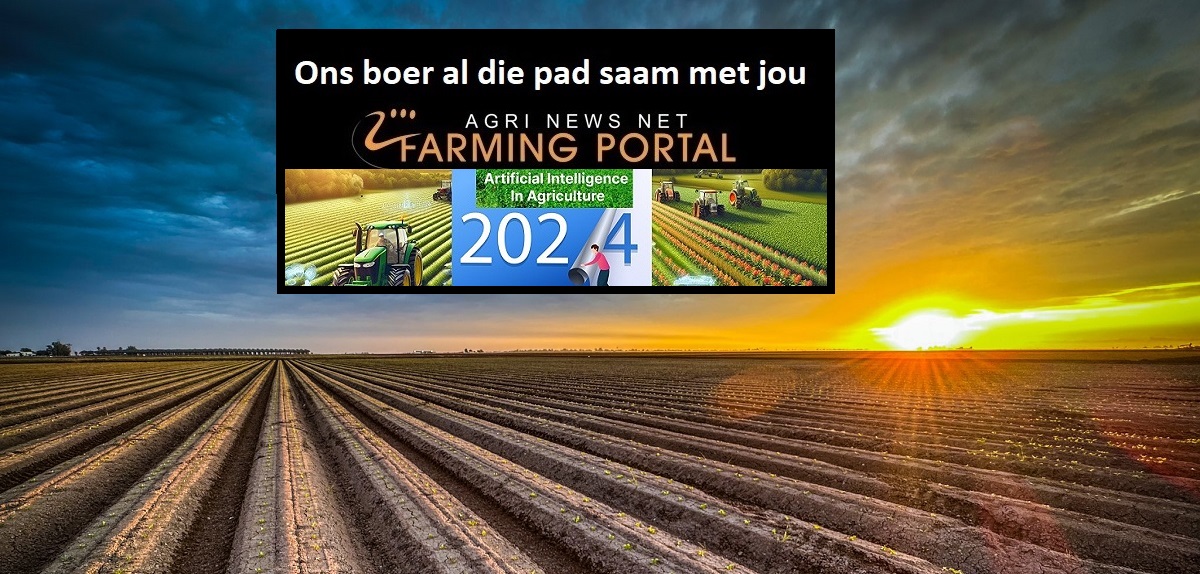On a hot and sunny November afternoon in temperatures reaching 30C, Siphiwe Sithole is busy sorting a customer’s order of bambara beans on her farm in Laezonia, South Africa.
Sithole’s farm is about 15 kilometres from the administrative capital Pretoria. It specialises in “indigenous” South African crops – a catch-all term referring both to native crops and ones introduced to the country that have since been recognised as traditional. Among the crops she grows are okra, calabashes, millet, African pumpkin, sorghum, cassava, cocoyam, amaranth, African horned cucumber, jute mallow and various beans.
Sithole sells their seeds, which she says are a part of South Africa’s heritage food, and mentors other farmers on traditional farming methods. She also keeps a seed bank for these crops in glass bottles stacked in her house, which she sells to farmers or keeps for her own use.
“I am reminding people that they can grow these crops,” says Sithole. “They are more nutritious [than what is commonly grown in the country], and these are foods we have always eaten as Africans.” She notes that, while they may seem unfamiliar, once she mentions their African names, people easily recognise that they are traditional crops that were once a staple in their diets. Nowadays, some are only consumed during South Africa’s Heritage Month in September.
Such crops need to be better documented and promoted, Sithole says, especially as small-scale farmers seek sustainable farming methods in response to unpredictable and extreme weather conditions. Transitioning to traditional climate-resistant crops that can withstand droughts, floods and extreme heat is crucial for the region’s short- and long-term food security as climate-related disasters intensify.
Climate change has led to instability and confusion for farmers. “Things are no longer happening as they used to. We are not getting rain when we expect it. It is getting colder, windier, too dry or very humid,” Sithole notes.
Compared to commonly farmed crops such as maize, many traditional crops were better able to withstand the extremes of heat and drought that wreaked havoc in Southern Africa last summer, Sithole says. As such extreme weather becomes increasingly frequent, farmers like her, as well as economists and NGOs, are calling for such crops to be promoted, especially to smallholder and subsistence farmers.
Drought and black frost
The World Food Programme called the 2023-2024 drought the “worst food crisis” to hit the region in decades. It required USD 369 million to provide government-requested assistance to at least 6.5 million people affected across Southern Africa. The drought caused the region to experience its driest February in the last century.
The record-breaking climate event, caused by the El Niño weather pattern, had a knock-on effect on crop production. South Africa’s maize yields down 13% year-on-year during the 2023-2024 summer season.
Potato production in the country’s northern province of Limpopo was affected by black frost. The condition, in which freezing temperatures damage, blacken and eventually kill plant tissues, had not been seen by farmers in the region in 20 years.
Severe weather conditions have also led to food insecurity for a large number of smallholder and subsistence farmers. Thabile Nkunjana, a senior economist at the National Agricultural Marketing Council, says there is currently not enough data on the extent of the negative impacts felt by farmers. Such data would be crucial for governments and NGOs to assist smallholders in finding climate adaptation solutions, he notes.
The El Niño effect
The World Weather Attribution reports that an El Niño Southern Oscillation (ENSO) is responsible for the drought, which led to less than 20% of the usual February rainfall in Botswana, Angola, Mozambique, Zambia and Zimbabwe.
The Intergovernmental Panel on Climate Change reports there is no clear indication climate change is behind the high numbers of recorded El Niño events of the past 20-30 years. However, Mike McPhaden, a senior scientist at NOAA, points out that the extra heat caused by global warming worsens the impact of drought by further drying out the soil.
Additionally, the World Meteorological Organization notes it is important to understand ENSO’s role in climate variability: “Changes to rainfall and temperature from ENSO are predictable, but climate change may change the variability and frequency.” That is according to Ko Barrett, deputy secretary-general of the organisation. She was speaking in relation to the effects of ENSO in the southern African region, and the compounding effects of climate change.
Indigenous and traditional crops: A solution with low demand
Indigenous grains like sorghum grow optimally at 27-30C. They are better suited to the heat than maize, the most popular crop grown in South Africa, says Johan Marlhebe, a climatologist for the Agricultural Research Council.
Sithole says such crops could be a solution for smallholders, who should move away from monocropping – especially of a crop that might wilt in hot and dry conditions, like maize.
Maize production is predicted to decline by 18-30% by 2050 due to extreme heat caused by climate change, noted a 2022 study on Southern Africa’s food systems; wheat production is set to decline by up to 35% by 2050, while sorghum is forecast to decline by only 2% over the same period. Traditional crops like cassava, bambara beans and cowpeas are expected to survive in the increasingly high temperatures projected for southern Africa.
Yet despite their advantages, they have not been adopted at a large scale. Sorghum is only sixth in production levels in South Africa after maize, wheat, soybeans, sunflower and barley, according to a report from the Department of Science and Innovation; demand for the crop has also experienced a steady decline, with per-capita consumption declining by 16% between 2000 and 2018.
Current demand for sorghum stands at almost 164,000 tonnes, compared to over 15 million tonnes for maize during the 2023-2024 marketing season, according to the National Agricultural Marketing Council.
Poor marketing of indigenous and traditional crops among both consumers and farmers is one reason for the difference, Sithole says. Other challenges include a lack of access to the market, which hinders funding opportunities: “If you want to apply for a loan, the bank is going to ask you for an offtake agreement [purchase agreement] and you can’t really produce one when your market is not clearly defined.”
Nkunjana, from the National Agricultural Marketing Council, says: “The lack of demand has caused these crops to lose market share over time. More work must therefore be done to broaden the market.”
Some relief for drought-stricken farmers
Tintswalo Makhubele, a farmer in south Johannesburg, is hopeful that new policies will bring support for smallholders. For example, the Climate Change Act, introduced in July 2024, and the Climate Change Response Fund.
The act seeks to support the country’s development of an effective climate change response and a transition to a low-carbon and climate-resilient economy, through measures such as carbon budgets and sectoral emissions targets. According to Nokwethaba Makhanya, a climate science officer for WWF South Africa, the legal framework provided by the act ensures the country’s climate change response aligns with international commitments. It enforces compliance with the 1.5C target of the Paris Agreement.
Ensuring that voices of smallholder farmers are amplified and their needs are proactively addressed is essential to achieving climate resilience in agriculture
Nokwethaba Makhanya, climate science officer, WWF South Africa
The fund, meanwhile, intends to mobilise resources into projects and programmes that address climate change mitigation and adaptation, with an emphasis on equity and sustainability. The food and agricultural sectors, identified as sectors vulnerable to loss and damage (some caused by extreme weather conditions exacerbated by climate change), are set to benefit from the fund.
Makhubele tells Dialogue Earth that while she is for the disbursement of funds, ultimately, farmers “do not want money. We need materials that we can use, such as boreholes … tanks to store water, [and] patches [of soil] where we can put our seeds and water”.
Nkunjana says the government, funders, and agricultural experts and academics must urgently step up their efforts to help smallholders deal with the effects of the current climate. He says this can be done by adjusting climate change adaptation policies and programmes, such that they are more resilient to future changes.
Nkunjana is calling for such policies and programmes to be adjusted to the varied socioeconomic circumstances, biophysical contexts and climatic stresses that smallholders encounter as a result of the challenges posed by climate change.
It is difficult to know whether smallholders, often left out of large-scale programmes, will automatically benefit from the fund. Makhanya says strong advocacy from NGOs and community groups will be needed to ensure equitable access to funding: “Ensuring that the voices of smallholder farmers are amplified and their needs are proactively addressed will be essential to achieving climate resilience in the agricultural sector.”
In the meantime, Sithole says: “We need to take the future into our hands, where farmers start looking at going back to our roots of indigenous farming, and our consumers start looking at the nutritional value of what they put on their plates.”















